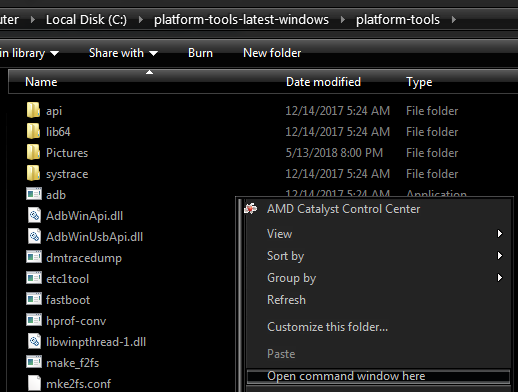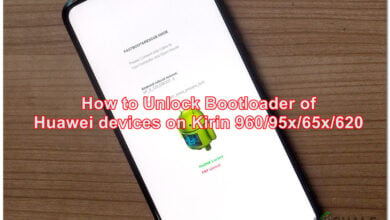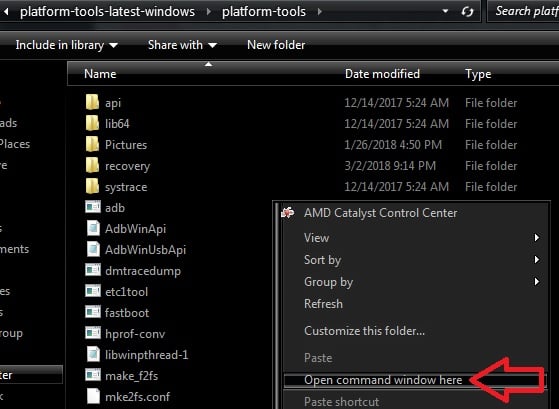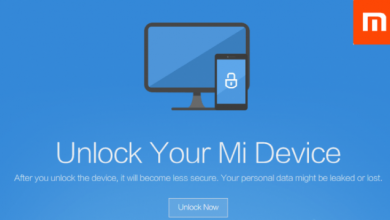How to Root the Xiaomi Redmi Note 7
The Xiaomi Redmi Note 7 is a great smartphone, with its 6.3” display, 48/12mp cameras, and the Qualcomm SDM660 Snapdragon 660 chipset with Adreno 512 GPU, which is fairly decent for gaming.
In this guide we are going to unlock and root the Xiaomi Redmi Note 7 using TWRP and Magisk. Be warned that unlocking the bootloader will perform a factory reset on your phone, so back up all important data before proceeding.
Requirements
- ADB & Fastboot drivers installed on your PC (see Appuals guide “How to Install ADB on Windows”)
- Xiaomi USB drivers
- A Mi account
- Official Mi Unlock Tool
- Redmi Note 7 TWRP (Official TWRP for Note 7 Pro | Unofficial TWRP for Note 7)
- Latest Magisk
So before we start, some people have trouble getting their PC to recognize their Xiaomi device over ADB, even with the Xiaomi drivers installed. If this happens to you, disable driver signature enforcement in Windows, and reinstall the Xiaomi drivers. Then try to change from “USB Charging| mode to “File Transfer (MTP)”, and it should install some additional drivers automatically.
Unlocking the Xiaomi Redmi Note 7 Bootloader
- First enable Developer Options by going to Settings > About Phone > tap MIUI Version 7 times to enable Developer Mode.
- Now go to Settings > Additional Settings > Developer Options > check OEM Unlocking and USB Debugging.

- Connect your Redmi Note 7 to your PC via USB, and launch an ADB terminal (hold Shift + right click in your main ADB folder and choose ‘Open a command window here’).
- Make sure ADB recognizes your Xiaomi phone by typing ‘ADB devices’. If it does not recognize your phone, try changing from USB Charging mode to File Transfer MTP mode, and perform ‘ADB devices’ again. If it doesn’t work, you’ll need to do some troubleshooting with the Xiaomi drivers and come back to this guide.
- If your phone is recognized, type in the ADB terminal “fastboot oem device-info”. You should see some info like this:

- Now you need to request an unlock token from Xiaomi, and this may take a couple days to receive a response from Xiaomi.
- Sign into your Mi account and apply for an unlock code from Xiaomi here.
- Go to Settings > Additional Settings > Developer Options > Mi Unlock Status > check “Add account to device”, and add your Mi account here.
- Next download the official Mi Unlock Tool onto your PC.
- Turn off your phone, and put your Redmi Note 7 into fastboot mode by holding “Volume Down + Power” while connecting it to your PC via USB.
- Launch the Mi Unlock Tool, and log in to your Mi account.

- Now follow the unlock tool instructions to complete the process, and reboot your phone when done.
- After you go through the initial setup wizard, go ahead and re-enable Developer Options and USB Debugging.
Installing TWRP for the Redmi Note 7
- Download the TWRP .img for your Redmi Note 7 model from our download links above. Note 7 Pro owners should download the official TWRP, while Note 7 users need to use the unofficial TWRP .img file.
- Save the .img file to your main ADB folder, and launch a new ADB terminal.
- Put your Redmi Note 7 into fastboot mode again.
- In the ADB terminal, type “fastboot flash recovery twrp.img”. Do not restart your device!!
- You now need to boot into recovery, and there are 3 different methods. You can type “fastboot boot twrp.img” into ADB, or hold “Volume Up + Power” until you see the Mi logo and then immediately release the Power button while still holding Volume Up. Alternatively, you can hold Volume Up + Volume Down + Power simultaneously until you enter recovery mode. Of these, the ADB method is the easiest.
Rooting the Xiaomi Redmi Note 7 with Magisk
- Download the latest Magisk version, and copy it to your phone’s storage (external or internal, doesn’t matter).
- In the main TWRP screen, tap Install > choose the Magisk .zip file, and swipe to flash it.
- Now you can reboot your device normally when its finished.
- You should find a Magisk app on your phone now, go ahead and launch it, and Magisk will automatically update itself and do some other things to complete the process.





